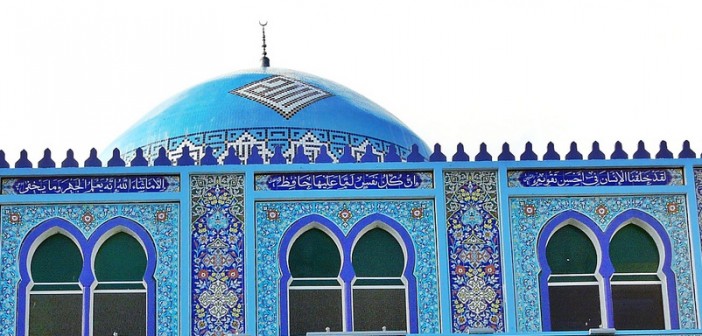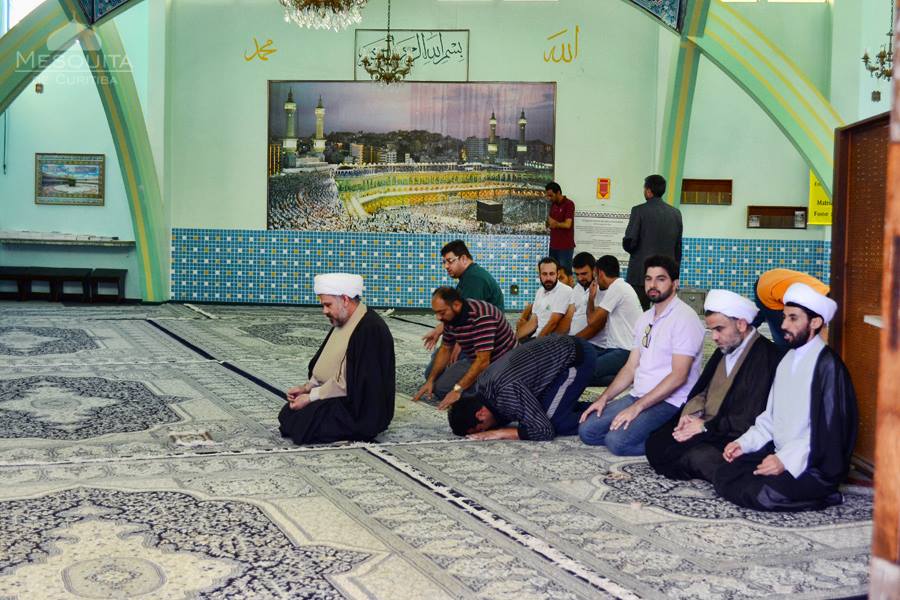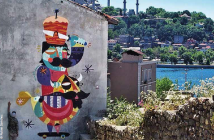If Brazil has the reputation of a tolerant country, this will only strengthen it. In the southern city of Curitiba where almost 2 million people live, there is only one Mosque. Is it a Sunni or a Shia mosque? It is for Muslims, no distinctions. And Christians. And atheists. It is for everyone.
According to a recent study from the Pew Research Center, Islam is the fastest growing religion today. It is expected to reach similar numbers to Christianity by 2050, making up nearly a third of the world’s projected population. Yet ever since the death of the Prophet Muhammad the religion has divided into different branches. Shia Islam and Sunni Islam are the biggest.
President of the Beneficial Society of Muslims in Paraná, the state of which Curitiba is the capital, Gamal Fouad El Oumairi explains why it is hard for other Mosques to allow Sunni and Shia Muslims to pray side by side.
“It is about the Islamic history. For example 11 Imams, out of 12, were assassinated by Sunni Caliphs. How can there be union?”
Although it is hard to come across a Mosque which is open to any branch of Islam, the Mosque Imam Ali ibn Abi Talib, or Mosque of Curitiba, is nothing but common. The architect behind the Mosque was Kamal David Curi, a Christian with Arabic ancestors. In 1972 the building received its first Islamic followers and though its name is a tribute to the fourth Caliph according to Shia believers, anyone is welcome inside it.
“This Mosque was built from the start by Shia and Sunni Muslims, so both have the right to enter it. Prayers are made on Fridays, at the end of Ramadan and end of Hajj [the annual Islamic pilgrimage to Mecca]”, Oumairi explained.
Veil on, no shoes and no discrimination
As a sign of respect, everyone is expected to take off their shoes before entering the Mosque. For women, it is also established that a veil should be put on the head, although there is no need to completely hide all hair. Assalamualaikum and welcome to the Mosque of Curitiba.
Muslims in the city carry on the same foundations of tolerance as those who built it. Yahya Ibn Adir Zatta, 28, follows the Shia teachings although it was a Sunni Muslim who first introduced Islam into his life. “Obviously we [Muslims] have some different traditions, which in my point of view changes nothing, negatively or positively. I believe that religion unifies life, so everything that is different and seen as “better” will never promote peace, and peace is the ultimate goal of religion.”
It appears tolerance and acceptance are the words to describe the ethos among Muslims who frequent the Mosque of Curitiba. Ruchdieh Charchich, 23, is a Sunni Muslim and shares the same respect to other branches of Islam as Zatta. “I do not feel uncomfortable praying next to someone who does not follow the same doctrine as I do. We believe in the same God, the same Prophet and follow the same book, the Qu’ran. I believe that this ‘no discrimination’ is a formidable way of unifying Muslims.
“Thank God the Mosque of Curitiba has a pacific environment in which both branches of Islam respect each other’s differences.”
As a tourist, one can enjoy the backyard garden, a library or simply walk around the green walls of the Mosque while absorbing the Islamic culture. One can also join the prayers, since it is open for the general public. The differences between Sunni and Shia praying might be invisible to outsiders, as it can be a rock used to rest the forehead while bowing during the Sujood or just a different placement of hands close to the body or near the heart.
First Museum of Art and Islamic Culture in Brazil
In order to increase even more than the 30,000 tourists who visit the Mosque every year, in June it was inaugurated to become the first permanent Museum of Art and Islamic Culture in the country. Seyyed Hassan Khomeini, one of the grandsons of the late Imam Khomeini (leader of the Iranian Revolution), together with the ambassador of Iran, Mohammad Ali Ghane Zadeh, cut the ribbon. “We want to show an Islamic civilization that is unknown to Brazilians and there is no better way to do that than to have this museum open to everyone”, exulted the president Oumairi. The expectation is to receive around 100,000 tourists yearly over the next few years.
With global attention turned to Syria and Iraq because of the Islamic State, sometimes sharing a bad view over Islam, the tolerance and respect for someone else’s religion appears to be something the Mosque of Curitiba is very serious about. It is willing to teach it to Brazilians, although the entire world can and should benefit from it.
If you like this article you may be interested in “Ramadan in 10 Points: A Beginner’s Guide”.









1 Comment
Sex and the City: Tells the story of New York’s most infamous fur women. Nick just happens to be a cousin off Daisy, who lives
with Tom across the water from Gatsby. For more in firmation and for
a wide range of original movie posters please visit the site movgie postgers , online.